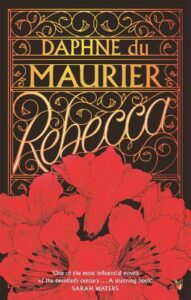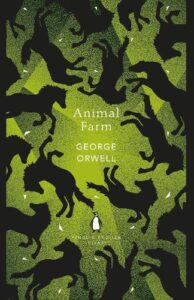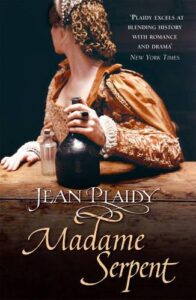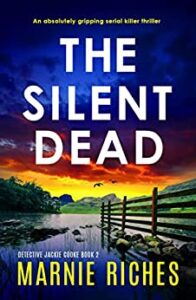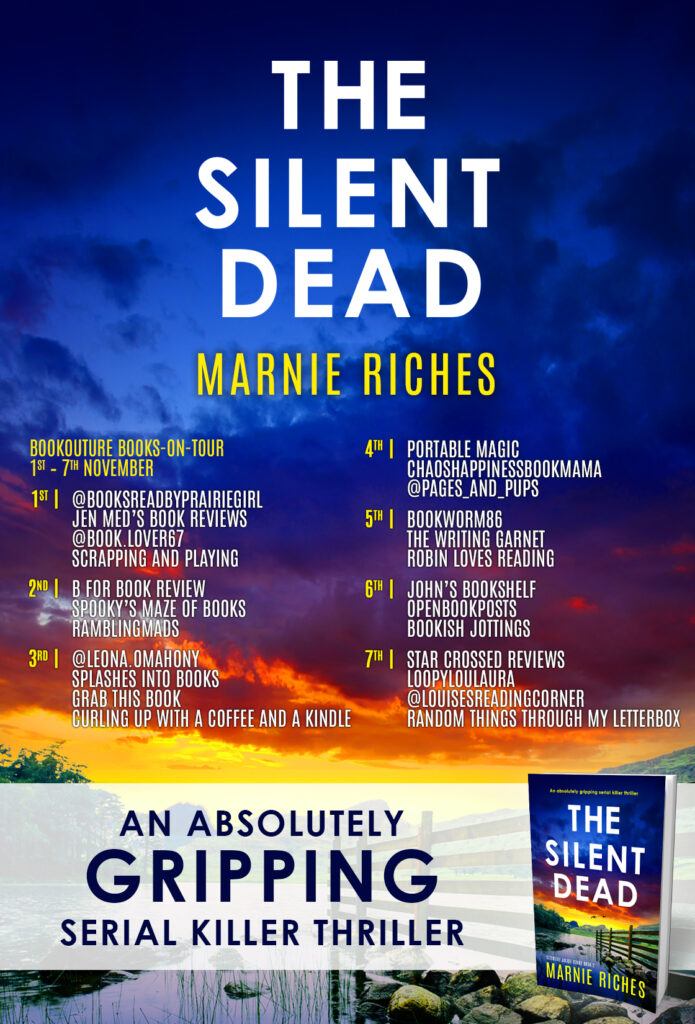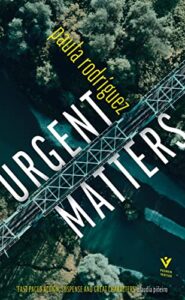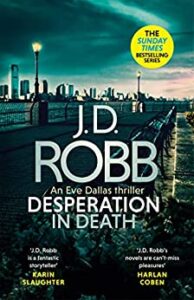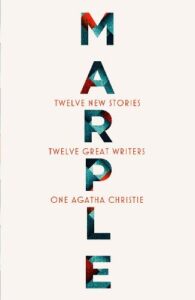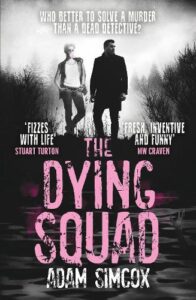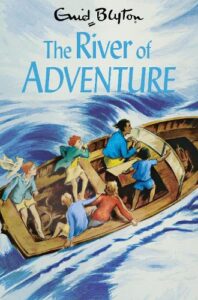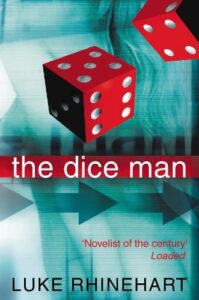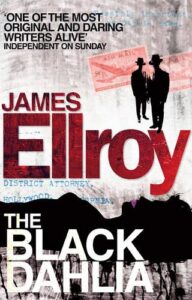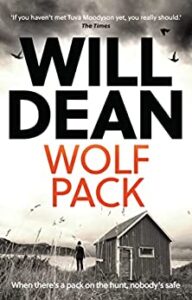Imagine you are asked to assemble a brand new library. You have dozens of empty bookshelves waiting to be filled and you want to ensure the visitors to your library only have the very best books to choose from. The classics, the most popular, the much loved books but also the books which readers love – the story which made them want to write too, a childhood comfort read or the book which brings them most joy on the darkest days. Where do you start if you have to bring all those titles together in one place?
Well I decided to do just that – I imagined the Decades Library. But I knew I didn’t have the reading knowledge to fill the shelves with all those reading treasures so each week I invite a guest curator to join me here at Grab This Book and I ask them to nominate their recommended reading for my Library shelves.
When I ask my guest to nominate the books they feel should belong in the Ultimate Library (my Decades Library) I ask them to follow two simple rules:
1 – You Can Choose ANY Five Books
2 – You May Only Select One Book Per Decade From Five Consecutive Decades.
Simple. Or so I thought – but I get grumbled at on a fairly regular basis.
No grumbles this week as Peter Laws grasped the challenge and hit me up with five brand new titles which I shall add to the Library shelves.
 Peter Laws is an author, journalist and podcaster. He wrote the acclaimed non-fiction book ‘The Frighteners: Why We Love Monsters, Ghosts, Death and Gore’ (Icon Books, 2018). This is a globe-trotting explanation (and defence) of the human morbid streak.
Peter Laws is an author, journalist and podcaster. He wrote the acclaimed non-fiction book ‘The Frighteners: Why We Love Monsters, Ghosts, Death and Gore’ (Icon Books, 2018). This is a globe-trotting explanation (and defence) of the human morbid streak.
He has also written the Matt Hunter series of scary crime fiction novels (Allison and Busby, 2017 – 2020). He is the writer and host of the popular, scary true stories podcast ‘Frightful’. He is the creator of ‘Creepy Cove Community Church’. A podcast which offers full and immersive church services broadcast from a mysterious haunted fishing town – where all horror movies actually happened. This inventive mix of comedy, horror, music and wellbeing support, has been described as ‘Stephen King meets Songs of Praise.’
Peter is an ordained church minister and has worked in various Churches, though he now focuses on writing and podcasting. He is a popular speaker at festivals and conferences, and he writes a monthly column in the print magazine, ‘The Fortean Times.’ He is also a featured ‘expert’ BBC show, Uncanny, with Danny Robins.
DECADES
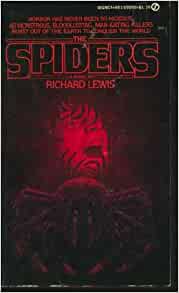 1970s: 1978 – The Spiders by Richard Lewis
1970s: 1978 – The Spiders by Richard Lewis
Whenever I read fiction, my genre of choice is usually horror – and in particular, pulpy horror novels from the 1970s and 1980s. Affectionately known as ‘Paperbacks from Hell’, these mass-produced shockers seemed throwaway at the time. Yet they have a wonderful mix of charm, nostalgia, edgy content and gross-out shock. As an example, I submit Spiders by Richard Lewis. It’s a skin crawling tale of a village attacked by millions of flesh eating spiders. His descriptions of people waking up at night (to find their carpets swamped with spiders) is terrifying, but the grim detail in the death scenes made me want to applaud and vomit, all at the same time. At a mere 153 pages long, Siders is a short, sharp, tightly written hit of really horrible horror. You should probably avoid it if you have arachnophobia. And if you haven’t got it, congratulations. You will by the last page.
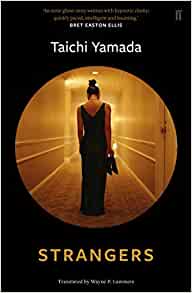 1980s: 1987 – Strangers by Taichi Yamada
1980s: 1987 – Strangers by Taichi Yamada
I stumbled across this book in my thirties, and I’ve never forgotten it. It’s about a recently divorced man call Hideo. He’s a successful TV scriptwriter but he has few friends and no family – his parents were killed in a hit and tun accident, when he was 12. He’s lonely, and it doesn’t help that he lives in a Tokyo office building with a very small number of apartments. It’s so deserted at night that he feels a compulsion to walk back to his childhood neighbourhood to feel connected. While there he’s astonished to meet a couple who look remarkably like his parents. They are ten years younger than he is, so it couldn’t possibly be them…could it? It’s a clever, beautiful, and really quite moving book, with a shivery thread of the supernatural throughout. I loved it.
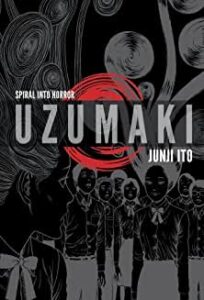 1990s: 1998 – 99 – Uzumaki by Junji Ito
1990s: 1998 – 99 – Uzumaki by Junji Ito
If Strangers was beautiful, this next book (a graphic novel from Japan) is it’s direct opposite. Sure, the artwork is amazing and rich, but this is absolutely rammed with bizarre, horrific and genuinely frightening images. It’s set in Kurozo-cho, a small foggy town where the locals a starting to be haunted. Not by a ghost or a demon…but by a pattern. They keep seeing spirals everywhere. In the clouds, in seashells, in whirlpools. This spiral madness spreads throughout the town with truly nightmarish results. I read this book last year. I’d dip in a bit just before drifting off to sleep. There were several times when I woke up in the deepest ditch of the night, and I questioned my life choices. Try it.
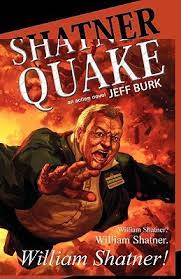 2000s: 2009 – Shatnerquake by Jeff Burke
2000s: 2009 – Shatnerquake by Jeff Burke
I figured there was space for a totally insane and ridiculous self-published book from Jeff Burk. Simply because I thought it was a blast. ‘Shatnerquake’ takes place at Shatnercon: the world’s biggest convention for William Shatner fans. Shatner is there in attendance, but he deeply wishes he wasn’t. That’s because a ‘reality bomb’ gets detonated and it somehow brings every character that Shatner has ever played, to life! Their mission: to hunt down and destroy the real William Shatner. I’m a big William Shatner fan and I do not make any apology for that. So I found the idea of a homicidal Captain Kirk and murderous TJ Hooker trying to kill their creator, to be irresistible. A glance at the opening quote ought to tell you that this book is not officially endorsed by the Shat: ‘How do I stay so healthy and boyishly handsome? It’s simple. I drink the blood of young runaways’. – William Shatner.
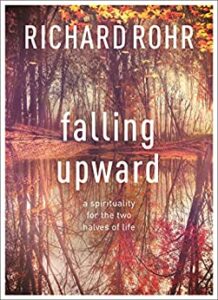 2010s – 2011: Falling Upward by Fr. Richard Rohr
2010s – 2011: Falling Upward by Fr. Richard Rohr
Finally I offer a non-fiction book with a concept that really touched me. Father Richard Rohr is an intelligent, open-hearted and engaging Franciscan monk, who makes the case that our lives are split into two halves. The first half feels more simplistic, where our opinions and ideas are often clear and in black and white. Yet the second half of life can become confusing or contradictory, where ideas we thought were solid are challenged and where we see a catalogue of our own failures and mistakes building. This loss of foundation and confidence can seem like a disorientating loss, but Rohr persuasively argues that it is an essential gain – a fall, upward. Being a Christian myself, I found Rohr’s open minded faith to be invigorating, and it’s an important reminder that what can feel like spiritual confusion, might actually be spiritual maturity.
Sometimes I share a new selection of recommendations and I am frantically trying to remember if any of the five have featured recently. As I put together Peter’s selections I was quite confident none of his selections have featured in the 21 months of Decades. There have been very few non-fiction selections, fewer graphic novels and horror (beyond Mr King) is scarce too. Shockingly this is also the first mention of William Shatner. Some real variety to get your teeth into – thanks Peter!
DECADES WILL RETURN
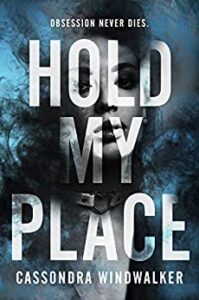 When librarian Sigrun falls head-over-heels for the sophisticated and very married Edgar Leyward, she never expects to find herself in his bed—or his heart. Nevertheless, when his enigmatic wife Octavia dies from a sudden illness, Sigrun finds herself caught up in a whirlwind romance worthy of the most lurid novels on her bookshelves.
When librarian Sigrun falls head-over-heels for the sophisticated and very married Edgar Leyward, she never expects to find herself in his bed—or his heart. Nevertheless, when his enigmatic wife Octavia dies from a sudden illness, Sigrun finds herself caught up in a whirlwind romance worthy of the most lurid novels on her bookshelves.
